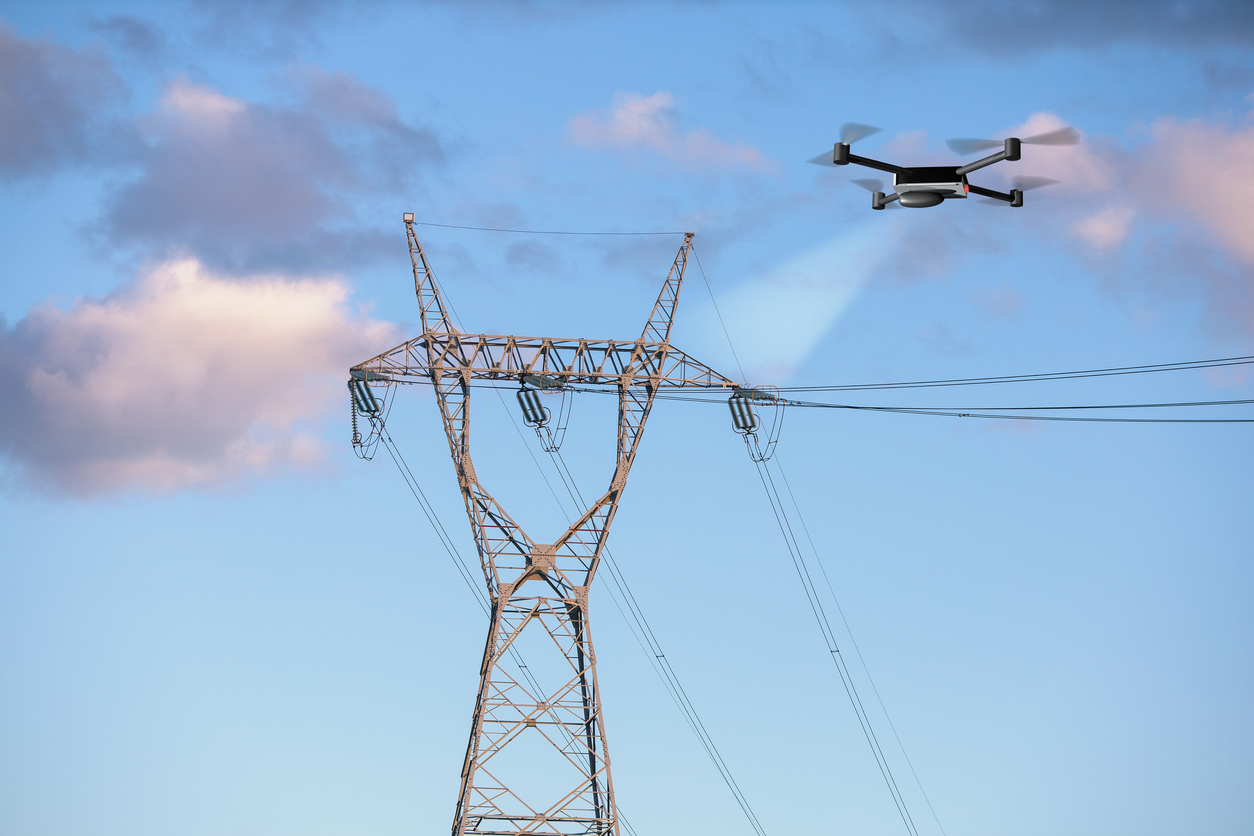This is National Drone Safety Awareness Week which runs from November 16-22, 2020. With that in mind, and with Christmas almost here, and recreational drones expected, once again, to be a popular gift, I decided to take a look at insurance coverage for drones.
Drones or UAVs—unmanned aerial vehicles—or UASs—unmanned aerial systems—come in all shapes, sizes, and price tags. Some hobbyists use less expensive drones for fun while professional photographers, for example, may purchase more expensive drones and fit them with high-dollar cameras or video equipment. Depending on the use and the model, drones can cost anywhere from $40 to $4,000. The good news is, that if you are a weekend hobbyist, your homeowner’s policy will most likely cover a drone in the same way that it would cover personal property or contents. Thus, there may not be any additional insurance policy costs to cover a recreational drone. On the other hand, if a drone is part of your business, purchasing a standalone insurance policy will be an appropriate step to take.
If your homeowner’s policy does not cover your drone, and you talk to your agent about procuring such insurance, you may be asked: (1) where will the drone be used; (2) where will it take off and land; (3) your level of training or what level of training has been acquired to operate a drone; (4) who will be flying or operating the drone; (5) the make, and model; (6) whether it is being used for pleasure as a hobby or for commercial use; and (7) whether it is registered with the FAA. Although most insurance companies will insure drones, because of the FAA classification of drones as “aircraft,” some insurance companies will not provide personal liability coverage arising out of the use or ownership of a drone.1
Drone insurance is like any other contents policy. There is Hull Insurance which covers damage to the drone in an accident up to a certain limit. And there is Liability Insurance which covers damage to the property of third parties or injuries to third parties caused by the operation of the drone. For example, if your drone falls on your neighbor’s roof and the drone is damaged, hull insurance would cover some of the cost of repairing or replacing your drone. If that collision damages your neighbor’s roof, liability insurance would cover the cost of repairing the roof. If someone is physically injured in a drone accident, liability insurance—no-fault medical coverage—may cover medical bills for a third party.
Now look at another example where you own a drone and do not have insurance. Imagine you are out flying your drone and it hits an electric line, knocking out power to an entire neighborhood. Who do you think will pay for the damage caused by losing power? It won’t be the electric company. Having insurance could protect you from having any financial responsibility for the blackout.2 After you purchase a drone or receive a drone as a present, insurance coverage should be the first consideration.
Drones were not regulated federally until 2015, when the FAA began requiring drone owners to register drones weighing over 55 pounds and to place the registration number on the exterior body of the craft.3 One of the first facts you will learn is that the FAA precludes recreational drone pilots from flying above a 400-foot altitude, measured from take-off, in uncontrolled airspace.4 The 400-foot maximum altitude regulation that the FAA adopted in 2018 has caused controversy with experienced pilots, however, stricter rules, have become necessary because of the increase in drone use.5 Prior to the passage of the regulation, it was only a guideline.6 After that regulation was passed, many drone manufacturers began installing software that only allows flights up to a 400-foot altitude and any attempt at a higher level causes the drone just to hover in place.7 Presently, there is no exception to the 400-foot rule for recreational drone pilots. For commercial drone pilots licensed under 14 CFR 107, the rule is similar with an exception that a pilot can fly a drone above 400 feet if they are within 400 feet of a structure.
Drone flying for the general public is a relatively young industry. As with many rapidly developing technologies, insurance parameters and legal regulations with the drone industry will continues to evolve. There is at least one constant and that is the need for insurance coverage for your recreational or commercial drone. If you own a recreational drone and do not know if you are covered for damage to property or injury to individuals, first check your homeowner’s policy and call your agent to find out if you are covered. If you are not covered, you should think hard about procuring some insurance coverage for your drone. If you own a commercial drone, these are not covered by your personal policy, therefore, you will need to contact your agent to procure a standalone policy. As drones continue to take to the skies, the number of insurance claims will inevitably increase with them. Drone owners and pilots should be aware of potential liability and procure insurance coverage that may afford them protection.
____________________________________
1 See 14 CFR 45.
2 See Is Your Drone Insured? https://www.thebalance.com/what-you-need-about-drones-and-your-insurance-3961255.
3 See 14 CFR 45 (identification and registration).
4 Id. at 336. “Controlled airspace” would be an airport or the airspace around the white house for example.
5 See What Happens if You Fly Your Drone Above 400 Feet? (March 3, 2020) https://pilotinstitute.com/drones-above-400-feet/ The 400-foot rule is based on the minimum cruising altitude of manned aircraft, which is 500 feet. The FAA, therefore, thought that the 100-foot buffer would be enough to avoid close encounters between manned aircraft and drones.
6 Id.
7 Id.




